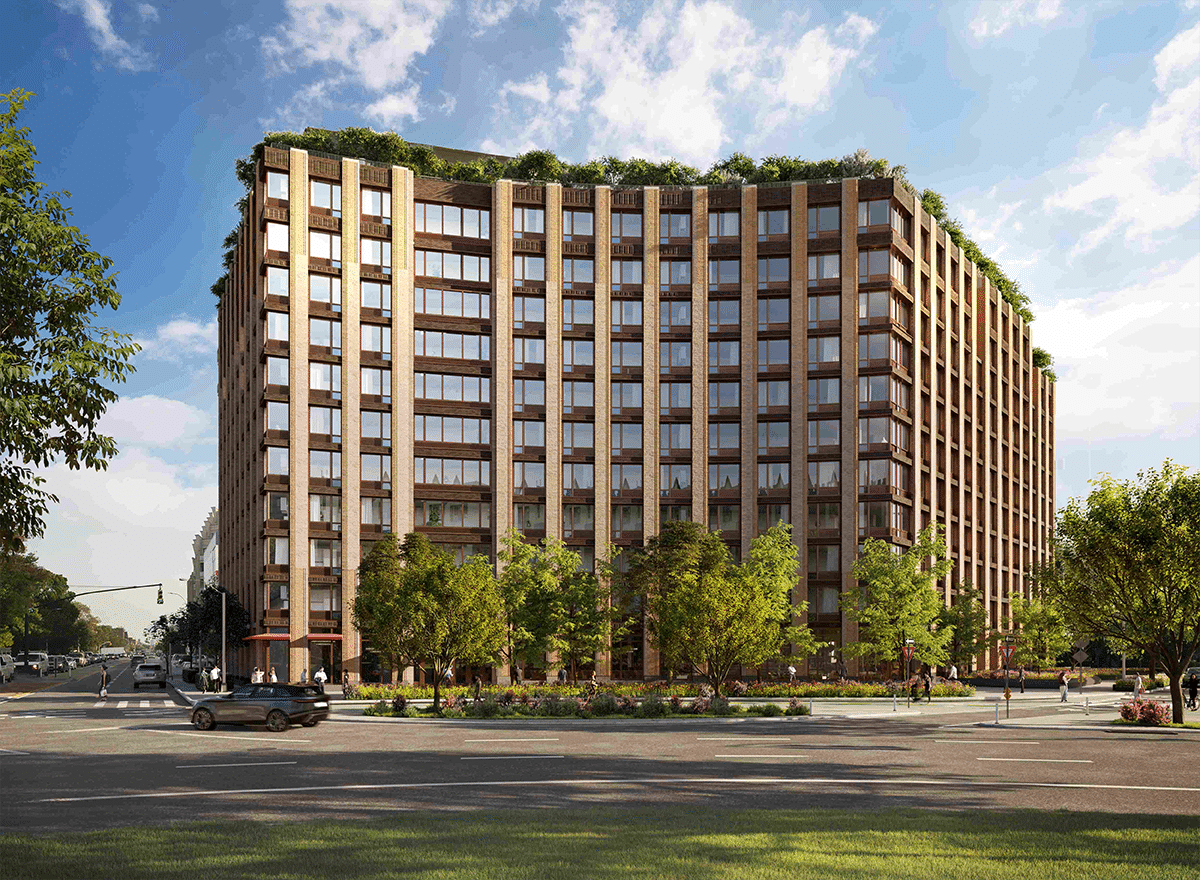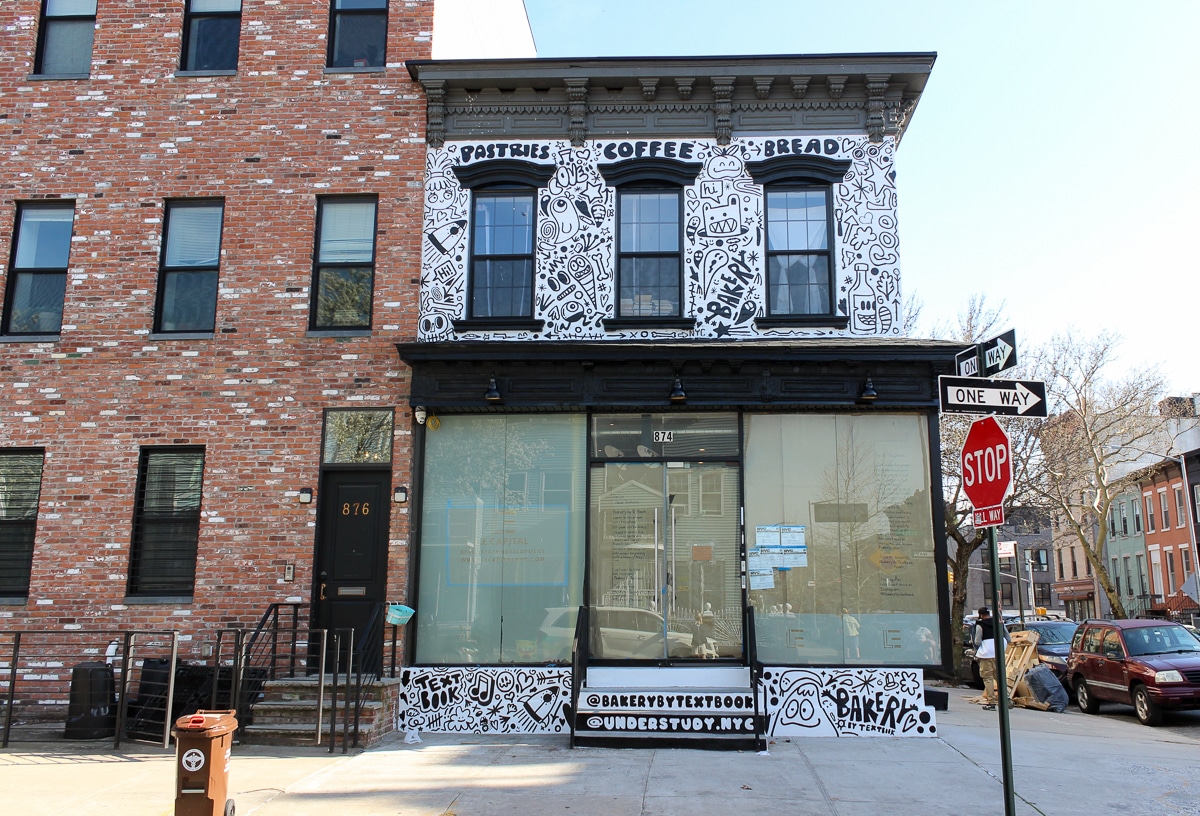Queenswalk: The Bungalows of Far Rockaway
Summer, a glorious hope now after an eternal winter, is a wonderful thing. But watch out for what you wish for. Summer in the city is hot and sticky, smelly and polluted, and the touch of your sweaty fellow man out on the street is not desired or pleasant. It can have you longing for…

Summer, a glorious hope now after an eternal winter, is a wonderful thing. But watch out for what you wish for. Summer in the city is hot and sticky, smelly and polluted, and the touch of your sweaty fellow man out on the street is not desired or pleasant. It can have you longing for winter in no time. As bad as we think we may have it, most of us have air conditioning just about everywhere we go, except for out on the street. Imagine a hot, humid New York City summer without A/C anywhere, and you have some idea of life for most people in the early 20th century.
Anyone with money got out, and went to their summer cottages, bungalows and residential hotels somewhere in the country, by a lakeshore, or by the ocean. But if you were working class, and had to stay at your job and just couldn’t afford to go anywhere even if you had time off, what about your options? The rich went to their beach cottages to cool off. Starting in the early 20th century, the much less rich began to, as well. One of the most desirable of these working and middle class locations was on the Rockaway Peninsula.
The beach colonies of Far Rockaway began in the first decade of the 20th century. It was far from the city, had a great beach, and was pretty much unsettled by others. By 1906, amusements had found their way there, in the form of Playland Amusement Park, a theater, dance pavilions and other family-type amusements. This attracted the more well-to-do, who built vacation homes out there, but it also attracted immigrant working class families, most particularly Jewish, Italian and Irish families.
At first they could come to the Rockaways to rent tents on the beach streets. These were sturdy semi-permanent structures with canvas sides and roofs, not flimsy camping tents. As better train lines and roads brought more and more people to the Rockaways, the larger estates began selling their land to developers who began building bungalows. By 1918, over a thousand bungalows had been built.
Several developers built during this time, and most of them hired architect Henry Hohauser to design their beachfront communities. He designed several different styles of bungalows, but all shared many of the same characteristics. They were one or one and a half story buildings, most with hipped roofs, some with dormers. They had exposed rafters and integrated front porches, and sometimes a back porch as well. The houses were primarily wood framed, sitting on a foundation of locust posts. Locust wood was very common to the area, was inexpensive, and strong. Originally, all of the houses had wood shingles or were clad in stucco.
The houses are all about 17-20 feet wide and 30 feet deep. Since they were meant to be summer vacation houses, they were not winterized. They had two double hung windows in the front, side windows in every room, and a rear entrance to the kitchen. They had chimneys in the back to vent the kitchen stoves. A hot water heater was located in a closet near the full bathroom, which had a claw foot tub, toilet and sink.
The houses all had similar layouts – one side of the house had the living room, bathroom and kitchen, while three small bedrooms lined the other side of the house, front, center and back. The bedrooms had small closets. There was also storage space available in the loft space above the ceiling, accessible by a hatch and pull down stairway that was located in the center of the house.
The houses themselves were separated from their neighbors by a six foot space between them, enough space for air to circulate. The houses stretched along the streets leading directly to the beach. The quarters were pretty tight, especially if one had a large family, and were certainly close to neighbors on both sides, but not as close and tight as the tenement buildings many of the people were escaping for the summer.
Like life in the city for most, the beach communities of Far Rockaway were segregated by ethnicity, and segregated by race. Most of the houses had been built by Jewish developers who were building for Jewish buyers and renters. To a lesser extent, Italians and Irish had their own streets and beach communities nearby. By the late 1930s, there were over 7,000 bungalows on the Rockaway Peninsula, giving it the name,” the working-class Riviera.”
Some owners rented out the bungalows as time-shares, with families getting their designated weeks or month every year. Others belonged to owner-occupants, and others were seasonal rentals. The vacationers were longshoremen, clerks, garment workers, pushcart vendors and other working class folk who scrimped and saved for their opportunity to get out of the city for a while and enjoy the beach, the amusement parks, the fresh air, and time spent with friends and neighbors playing cards, mahjong, baseball, and time with family.
But, this being New York, where everything changes, the large beach community would not last. Fifty years after the communities were established, they began to be destroyed. World War II started the beginning of the end. During the war, with many of the menfolk fighting overseas, many families did not rent or spend the summer on the beach. After the war, a fire in 1950 destroyed the 1898 railroad trestle bridge to the island, cutting off access to those without cars.
Those with cars, which included more and more people, took advantage of the new highways put in place by Robert Moses, and began heading out to other parts of Long Island to vacation. They also started moving to the new suburbs established after World War II, and no longer wanted their summer bungalows in Queens. The city extended subway service to Far Rockaway, but that didn’t bring more vacationing bungalow owners, but the eyes of Robert Moses and city planners who decided the remote area was perfect for large low income housing projects.
The city bought up dozens of bungalow blocks and razed them for housing towers. As the bungalow families saw the handwriting on the wall, they sold, rented, or walked away from the cottages, leaving many to the city which began housing the homeless and poor in the unwinterized cottages. This led to a change in the law in 1961, allowing homeowners to be able to winterize their bungalows. That change in zoning led to more year-round owners, most of which were not the families of old. More and more blocks were razed for new construction. By the turn of the 21st century, the number of bungalows in Far Rockaway had gone from 7,000 down to 700.
But where many saw only a few remaining streets of decaying bungalows, others saw opportunity and a chance for life for the old neighborhood. Artists, writers and others who had rediscovered the houses, and some of the remaining old bungalow families began a campaign to preserve, protect and fix up the bungalow blocks, mostly on Beach 24th, 25th and 26th streets. It was an uphill battle, as developers were still looking at the area as blighted and ripe for redevelopment.
Ironically, the idea that the poor were ideally pushed to the water’s edge in housing projects and in run down bungalows had been turned on its head as people of means all of a sudden wanted a beach view. The bungalows were in danger of being torn down for townhouses and condos. In 1988, the Beachside Bungalow Preservation Association of Far Rockaway, Inc., (BBPA) was founded, to preserve and protect the remaining bungalows. They got grants to clean up lots, plant shrubs and advocate for protection. The bungalows of Far Rockaway were featured in magazines, documentaries and newspapers. People began buying them, winterizing and renovating them, and moving in, many year-round.
The bungalows are once again popular as summer homes, a city summer home away from the city. The ethnic and racial segregation of old is gone, and all kinds of people are enjoying living in the remaining houses. Many are still in poor shape, but that is changing. The last remaining large enclave, the houses of Beach 24 through 26th Street, between Seagirt Boulevard and the ocean, have been put on the National Register for Historic Places, the designation in 2013. This allows for tax credits in renovation and rehab, as well as limited protection from destruction.
Leave them alone. Let these houses stand as a reminder of the past history of the city, and their future as unique homes owned by dedicated and eager homeowners. Even Hurricane Sandy spared the bungalows. Can the forces of real estate development be stronger? I hope not.
(Photograph:Nancy Solomon, National Register Report)















What's Your Take? Leave a Comment